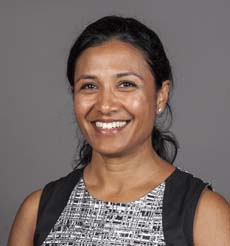Search

News & Events
New app a handy tool for appointmentsOutpatients with appointments at Perth Children’s Hospital (PCH) can now use WA Health’s first patient-facing app – Manage My Care – to access their appointment and referral information.

News & Events
Diabetes in Schools updateDo you know that the clinical team at Perth Children’s Hospital’s Diabetes Clinic can visit your child’s school to administer glucagon or camp education?

News & Events
Protein, exercise and hypo studyFor this study, we want to see how much protein is necessary to prevent overnight hypos without causing high blood glucose levels.

News & Events
We're involved in Type1ScreenOur researchers are involved in a new nationwide program aiming to better detect a child's risk of developing type 1 diabetes.

News & Events
Recruits needed for new tech studyMeet Sophie - she's Australia's first participant in the multi-site Advanced Hybrid Closed Loop study.

News & Events
Managing the mental health impact of diabetesExploring the link between diabetes and mental health. Story by The West Australian featuring Dr Keely Bebbington.

News & Events
Coronavirus and children with T1DOur co-director Professor Liz Davis spoke to JDRF Australia to answer COVID-19 and type 1 diabetes questions.

News & Events
Aveni awarded a JDRF fellowshipCongratulations to Children’s Diabetes Centre’s Dr Aveni Haynes on being awarded a JDRF Postdoctoral Fellowship to inform type 1 diabetes prevention strategies by investigating early blood glucose abnormalities in at-risk children.

News & Events
Self-efficacy groups 2020Perth Children’s Hospital’s Diabetes Service has released the dates for its self-efficacy groups for 2020.

News & Events
James' brush with fameDid you catch the kids’ takeover Telethon segment on the weekend? If so, you may have spied James Fernihough hanging out with Ch 7 television personality Andrew Denton in the The Kids Discovery Centre.
